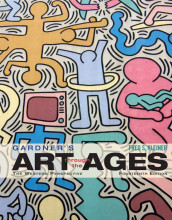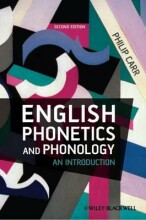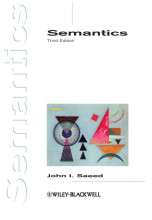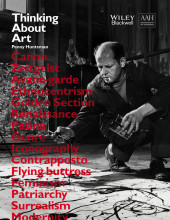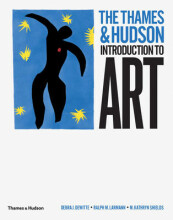Summary: Gardner’S Art Through The Ages: The Western Perspective | 9781133954828 | Fred Kleiner
- This + 400k other summaries
- A unique study and practice tool
- Never study anything twice again
- Get the grades you hope for
- 100% sure, 100% understanding
Read the summary and the most important questions on Gardner’s Art through the Ages: The Western Perspective | 9781133954828 | Fred Kleiner
-
14 Late Medieval Italy
This is a preview. There are 1 more flashcards available for chapter 14
Show more cards here -
Who was the pivotal figure of the age between 1200 and 1400, and why?
Giotto di Bondone, because of his fresco cycle of the Arena Chapel in Padua. -
Why is it suggested that Giotto di Bondone was the Arena Chapel's architect, despite it being built by Enrico Scrovegni?
Because the chapel's exterior fit perfectly with its interior design, as painted by Giotto di Bondone himself. The north wall seem to be created for painting as all six windows are located in the south wall, to shine light on the art. -
What did Giotto di Bondone's style look like and why was it special?
He based it on observations of the world around him and tried to give his work true expression, just like the Romans and Greeks did. This was special because it was not the standard for medieval times, when Biblical art used to be very static and disproportionated. Instead, Di Bondone's figures had expressions and movement. -
14.1 13th century
This is a preview. There are 4 more flashcards available for chapter 14.1
Show more cards here -
How did the Italian artists and scholars view medieval art?
As distortions of the noble art of the Greeks and Romans. -
When and why did Nicola Pisano move to Pisa?
In 1250, because it was a maritime city and a magnet for artists seeking commissions. -
What was Nicola Pisano mostly known for and why?
For his reliefs and pulpits. Even though these were medieval works of art, they did already contain classical elements like Corinthian capitals and round arches. -
On what did Nicola Pisano seem to base his reliefs?
On the compositions found on Roman sarcophagi. -
Who was Giovanni Pisano?
Nicola Pisano's son and a famous sculptor of Biblical scenes. -
What does the Byzantine tradition look like?
Frontal poses, lack of modeling, clear Biblical symbols like halos. -
What were the three ingredients for late medieval Italian art?
- Classical medieval tradition.
- The French Gothic style.
- The Byzantine tradition.
- Higher grades + faster learning
- Never study anything twice
- 100% sure, 100% understanding
